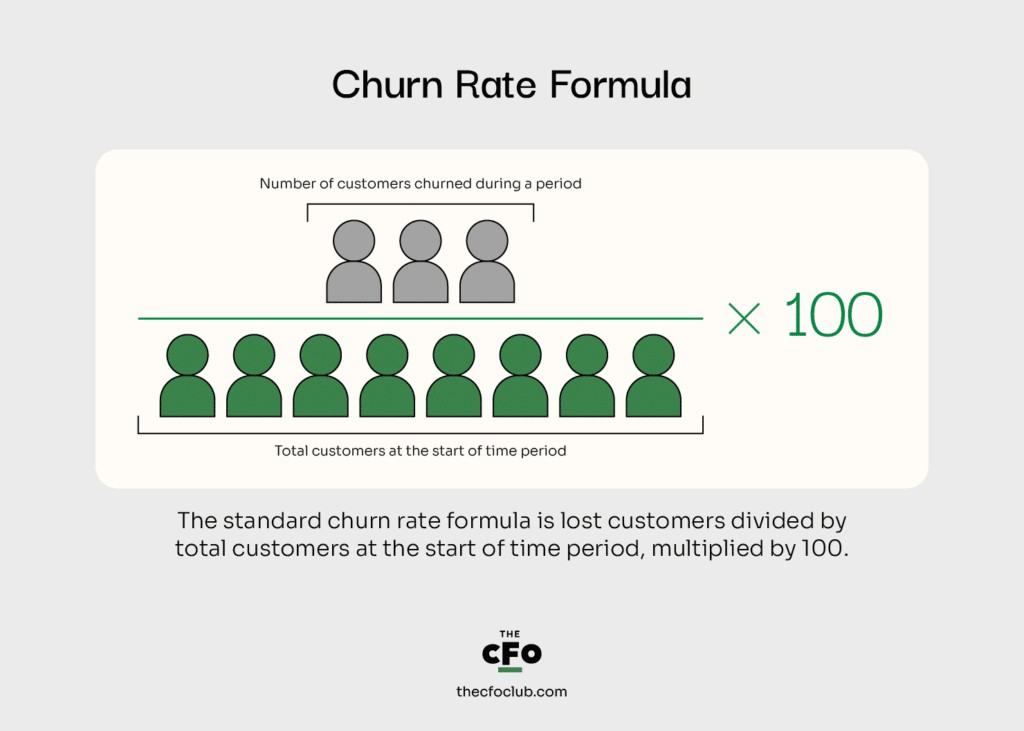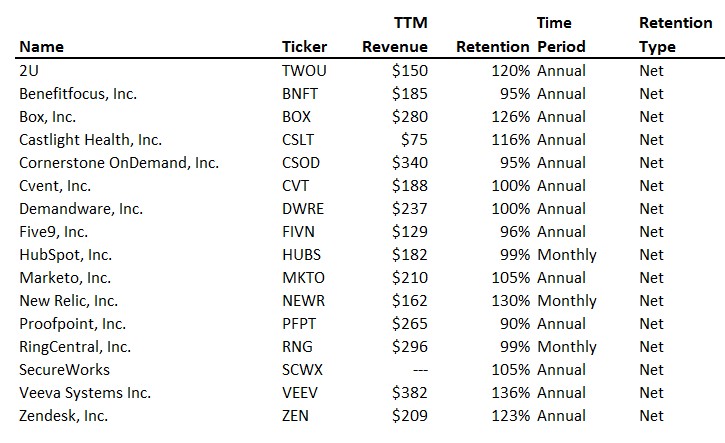Table of Contents
- What Is The Average SaaS Churn Rate?
- What Is The Average SaaS Churn Rate By Industry?
- Why Is A High SaaS Churn Rate Problematic?
- What Is A Good Monthly Churn For SaaS?
- What Is An Acceptable Churn Rate For SaaS?
- Is SaaS Churn Ever Acceptable?
- Average Churn Rate For Subscription Services
- How To Promote SaaS User Retention
The average SaaS churn rate in 2025 typically falls between 5% and 7% annually, but this can vary based on the target market and company size.
There are plenty of factors that can influence SaaS churn rates, including:
- Product-market fit
- User experiences
- Increased competition
- Involuntary churn
However, in 2025, I’m noticing SaaS customer churn is primarily driven by poor onboarding experiences and the loss of key internal champions within a customer's organization.
I recommend solving this problems by:
- Improving onboarding with in-app guidance and personalized walkthroughs to drive early value.
- Building relationships with multiple stakeholders to avoid dependence on a single champion.
- Designing cancellation flows that surface alternatives, gather feedback, and present compelling retention offers.
I’ll cover these in more detail shortly.
What Is The Average SaaS Churn Rate?
The average monthly churn rate for SaaS businesses is around 5% monthly.
This average SaaS churn rate translates to roughly 40-50% annually.
If you think about this number, it's crazy. It means that SaaS businesses lose half of their customers every year.
However, this number can vary greatly depending on the specific industry and structure of your subscription model.
Enterprise SaaS churn rate and annual plans have significantly lower churn than consumer products or monthly subscriptions.
In reality, there is no universal "average" SaaS churn rate.
What Is The Average SaaS Churn Rate By Industry?
Here is an example of how churn can vary by industry:

This data on the average customer churn rate by industry is based on 1,500 subscription companies in 2018.
The biggest variations in churn depend on whether services are B2B or B2C. B2B SaaS churn rate subscriptions are typically designed to solve or address a specific business problem.
When SaaS subscriptions successfully solve problems, customers tend to stick around for the long haul.
As B2C subscription services, such as Netflix and Disney+, are not essential, churn is often higher.
Why Is A High SaaS Churn Rate Problematic?

You cannot fill a leaking bucket
Think of a user base suffering from high churn as a leaking bucket.
A user base of a SaaS business suffering from high churn resembles a leaking bucket.
With a hole in the bucket, it doesn't matter how much water you pour in, the bucket will still drain.
The same goes for a SaaS business with high churn.
Churn is a major headwind for SaaS businesses
Even if the company is able to acquire new SaaS users at a fast pace, high churn is a major headwind working against the growth of the business.
This is why it's so important for SaaS businesses to keep a close eye on their churn rate.
Churn rate is a lagging indicator
Churn rate is a lagging indicator, meaning that it's a metric that only tells you about what has already happened.
If your churn rate is high, it's a sign that you have a problem with customer retention and product-market fit.
Creates a clear benchmark
Understanding the average churn rate for SaaS businesses is important because it gives you a benchmark to compare your own business against.
If your churn rate is significantly higher than the average, it's a sign that you need to take action to improve retention and lower your churn rate.
When compared to the lifetime value of users, a high churn rate can also throw the sustainability of user acquisition strategies into question.
What Is A Good Monthly Churn For SaaS?
As a general rule of thumb, you should aim to maintain an average churn rate of between 3% and 8%.
A good churn rate for SaaS is around 3% or lower, which is considered excellent, while a churn rate of 8% or higher is a cause for concern.
Of course, these are just general benchmarks.
The ideal churn rate for your SaaS business will depend on several factors, including your specific industry and business model.
If you're going to get obsessed over a SaaS metric, this is the one to focus on.
What Is An Acceptable Churn Rate For SaaS?
While it's easy to brush off a high churn rate as being acceptable, it's important to understand the potential implications of a high churn rate.
A high churn rate can jeopardize the long-term sustainability of your business by eating into your customer base and preventing you from achieving scale.

High churn combined with high customer acquisition cost (CAC) is a death sentence for a SaaS business.
Even without a high CAC, persistently high churn can still stunt the growth of your business.
To put your churn rate into perspective, ask yourself this question:
If my churn rate stays the same and I'm unable to acquire new users, how long will it take for my business to run out of customers?
If the answer is not long, then you have a problem.
Is SaaS Churn Ever Acceptable?
The reality is that some level of churn is inevitable for all subscription businesses.
The key is to keep your churn rate as low as possible while still acquiring new customers at a profitable rate.
A high churn rate is typically a sign of poor product-market fit and can crush the growth prospects of a SaaS business.
- The average churn rate for SaaS businesses is 5% annually.
- Churn rate is a lagging indicator, which only offers insights into the past.
- You should aim for an average churn rate of between 3% and 8%.
Although, there is no magic number that determines whether or not a SaaS business is doing well.
It all comes down to understanding the underlying reasons for your churn and taking action to address them.
How To Promote SaaS User Retention
The best way to reduce churn is to focus on customer retention and ensuring that your customers are getting value from your service.
There are a number of strategies you can use to improve customer retention, including:
- Enhancing the user onboarding experience
- Offering one-to-one product demos
- Providing excellent user support
- Delivering regular updates and new features
- Creating a loyalty program
Customer churn is a complex issue, and there is no one-size-fits-all solution.
You should take a data-driven approach and continuously test different retention strategies to see what works best for your business.
When your SaaS business faces a pressing threat, a practical solution is always the answer.
This is where Raaft comes in.
Raaft enables you to collect user feedback and save customers with retention flows.
This is a must-have solution for SaaS founders looking to identify retention opportunities.
Raaft automatically extends offers to customers in your retention flow.
This is your first line of defense against customer churn.
If you are interested in learning more about how to reduce SaaS churn with Raaft, take our platform for a free test drive today.

Offboarding Cheatsheet
This framework + video tutorial will help you design a better cancellation process.
Some of our featured articles

Adam Crookes

Adam Crookes

Miguel Marques
Customer Success insights in your inbox
Helping Founders and Customer Success Managers handle customer retention effectively.
We will only ever send you relevant content. Unsubscribe anytime.


